Peter wrote:
What’s wrong with yours?
It had cracked between the exhaust stud and exhaust port (meaning the stud was no longer secure, the exhaust leak despite the good gasket was the clue). I too now have a new one from Norvic. The old one had just over 1000 hours on it. It’s the number 3 cylinder (hottest in our engine, and many other O-320s/O-360s). The new one doesn’t run anywhere near as hot.
2 flights and 2 borescope inspections later, looking good.
Inlet valve and exhaust valve:
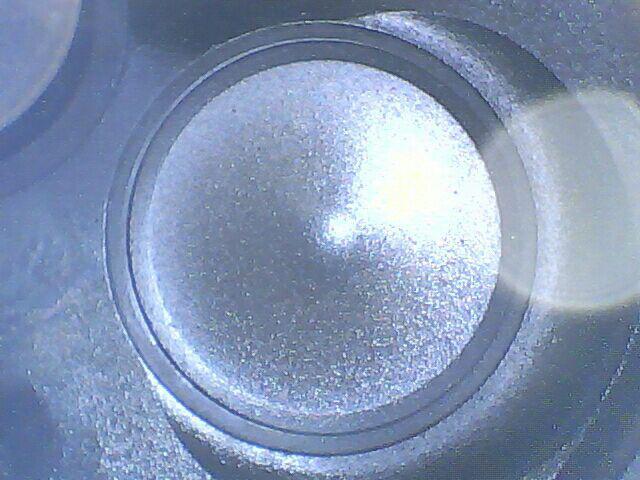
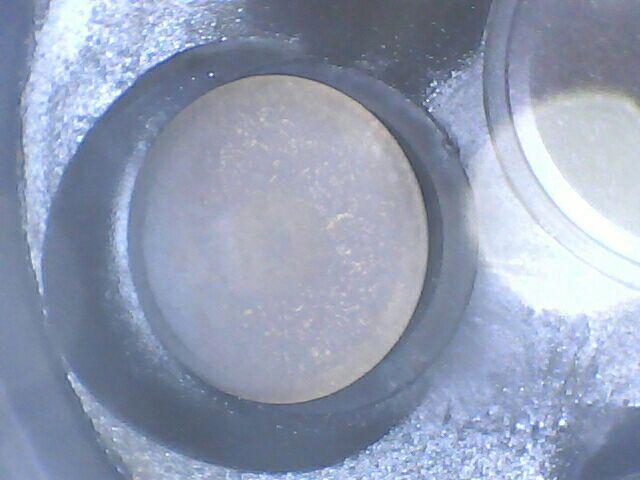
This is a corrected picture of the rocker arm, showing the exhaust valve lube hole in the right place:

This video shows the “old rope trick” but he is lapping the valve seat, not the more tricky bit of lapping the valve stem of a sticky valve
Interestingly he is using ~10m of 6mm rope.
On a US site I found the following alternative to the rope:
I also don’t use rope. I use air pressure connected directly to the cylinder thru the fitting from the compression tester. One chooses a position where the intake valve is closed. One must be careful to find bottom dead center first using low pressure. The force on the prop will become deadly as the pressure is turned up, so it must be at BDC. The valve is almost 1 square inch so 40 psi will give 40 pounds of force on the valve which is enough to remove the keepers. When they are removed, (using a Chevy V8 valve spring compressor) the piston may be brought up to a position that will limit the travel of the valve so it doesn’t fall into the cylinder.
How one gets the grinding paste off a valve stem, I have no idea…
A few more flights later, still looking good
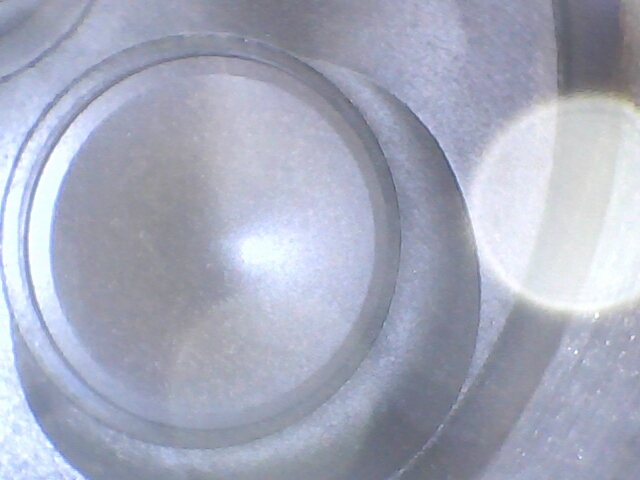
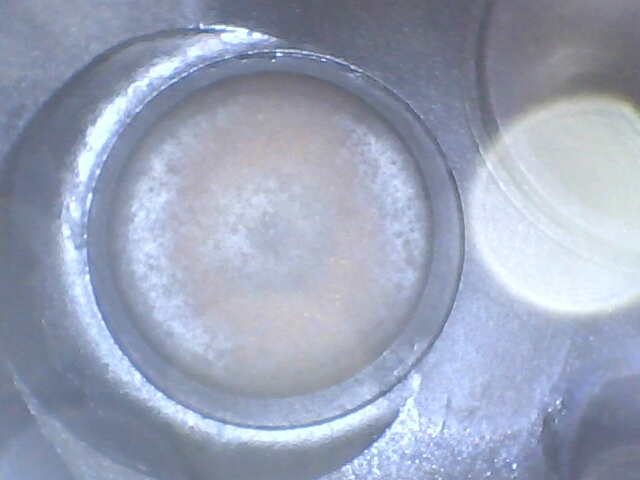
Funny that you can inspect the other spark plug pretty well too:
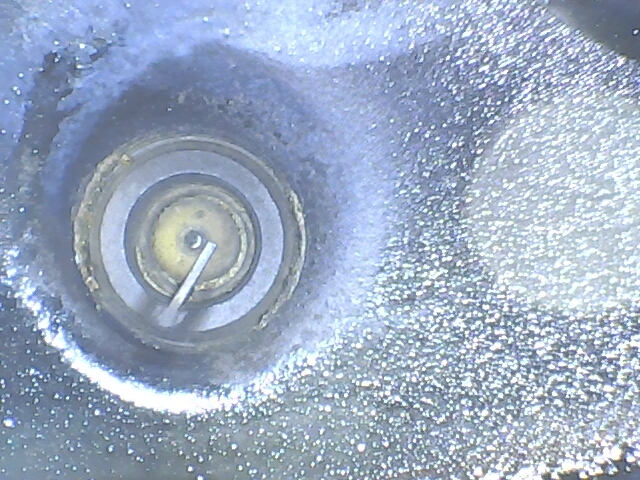
What device are you using Peter?
Most cheap endoscope type cameras would probably struggle to peer around the angles nicely. Or is it the fact that the Position of stuff on the aero engine is more forgiving?
Ah, thanks.
I shall haff to be havin’ one of them at some point!
Peter wrote:
Funny that you can inspect the other spark plug pretty well too:
Happy with the fine wires Peter? Noticed any difference?
Yes; wonderful. URHM38S, Tempest, not the Champion junk (search for dodgy Champion resistors; though they have supposedly fixed them). These plugs show no visible wear at 1000hrs.
Since c. 2003 I have had maybe 2 bunged-up plugs; one cleared itself with high power running and the other I took off with and did an in-flight mag check. Always the bottom plug of course 
As to whether it makes the plane go faster, no.
I sent off an oil sample yesterday, after 7 airborne hours, and my ever amazing office manageress (without her I would be doing much flying, or much else for that matter) found a Fedex deal at £25. Just got the analysis:

So it’s all as expected.
BTW the oil sample was done by siphoning it out with a ~4mm OD plastic tube. Not easy to poke it bang in the centre of the dipstick hole, and then you have to, ahem, suck it out. Maybe Ann Summers sells a battery powered pump? This is vastly easier than the bottom drain which needs the lower cowling off. You have to do a flight first to get the oil hot enough so it flows, and fully mixed.
Interesting points are: No tin, so main bearings are getting good oil. Calcium is a trace marker in Camguard and it persists to this extent even though we drained “all” the oil from a warm engine, before putting in Straight-80. Lead is out of proportion for the run time but not really because the engine has been run ROP and at high power.